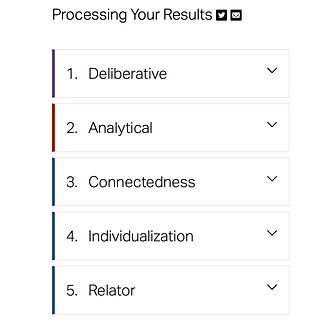
Leadership
My understanding of leadership has evolved over my time in the Public Leadership Program and the University of Maryland. I have come to understand that being an effective leader is more than being the person people look up or report to. Leadership comes in many different styles with advantages and disadvantages alike. Effective leadership is a result of knowing when to use different styles at different times. Like any proper toolbox, there are multiple tools that can be used in various leadership scenarios. There are also a variety of traits associated with different leadership styles. It is evident that leadership encompasses more than a position; it takes into account the people around a leader, the leader's traits and thinking, and certain scenarios that may influence a leader.
It is important for me to exercise leadership in my day to day life in order to be prepared for various tasks as well as be a key person in the work place. As an architecture student looking forward to one day owning an architecture firm, it is in my best interest to develop key skills to be an efficient leader within my organization. My leadership style has been consistent throughout my life; I tend to be analytical and deliberate in making decisions, and I tend to prefer a more formal and direct style of leadership, although I will frequently use an indirect style when certain situations call for it. My deliberate and analytical decision making skills were confirmed when I took the StrengthsFinder test, having both traits as my top two.
Evidence
My view of myself as a leader was facilitated as a result of analyzing different issues through a new set of lenses. Having taken the StrengthsFinder Test and written papers where I define my personal leadership style, I can look back at how I grow and improve as a leader. The attached documents helped me deepen my understanding of leadership as I explored my own strengths and leadership in practice around the world.
Application
One of the elements of leadership that I use in my day to day life is exercising an informal and consensus-centered style of leadership. As an architect in training, the overall design process for our assignments depends heavily on group work; critiques and brainstorming help us develop our skills. When working on specific projects in teams, its important to maintain a certain level of order to establish a specific vision in mind, yet it is equally important to distribute different parts of a project throughout teams, as well as receive feedback from all members, improving our designs. I will continue to use this style of leadership in many instances as I progress with my future post-graduation.
